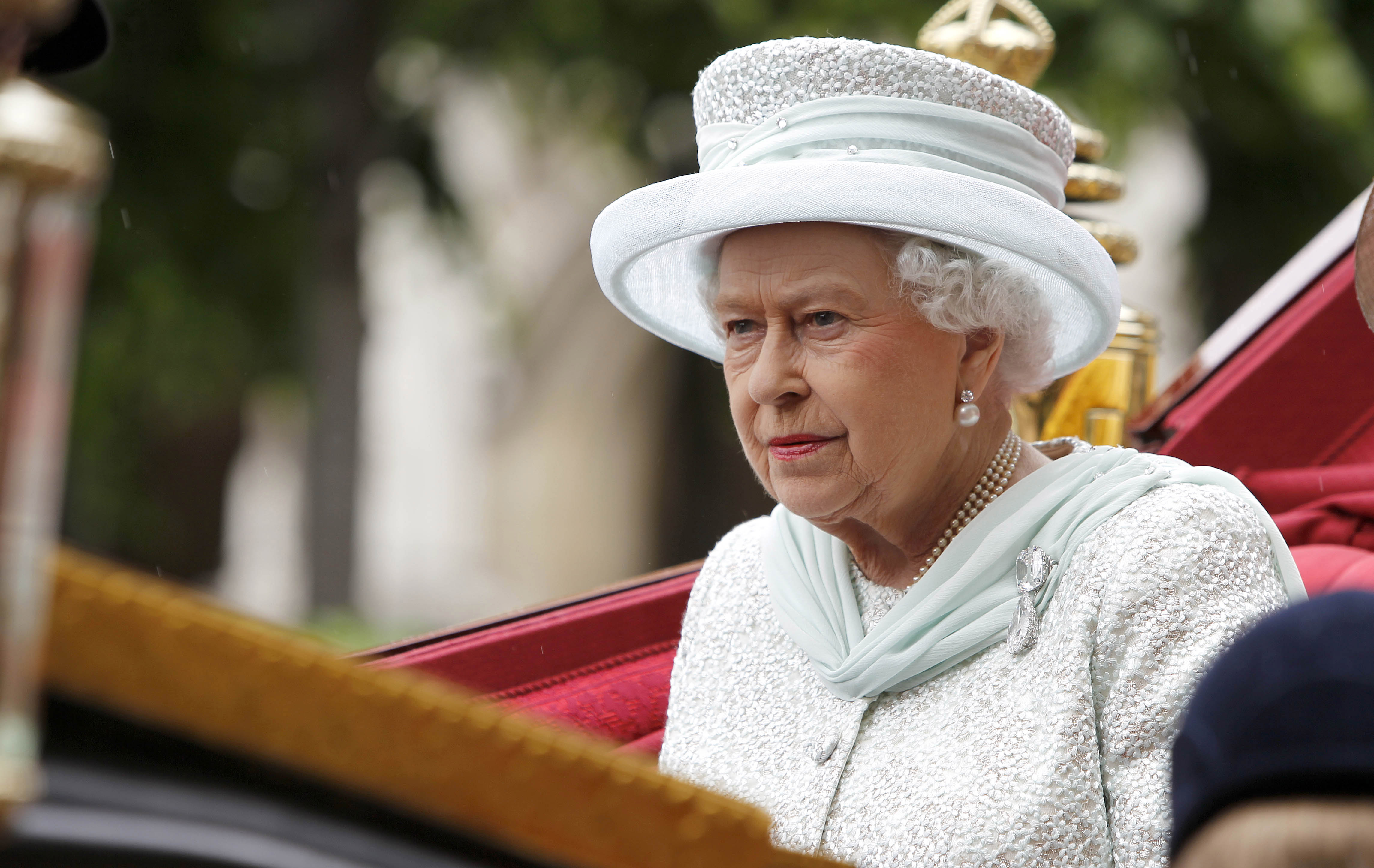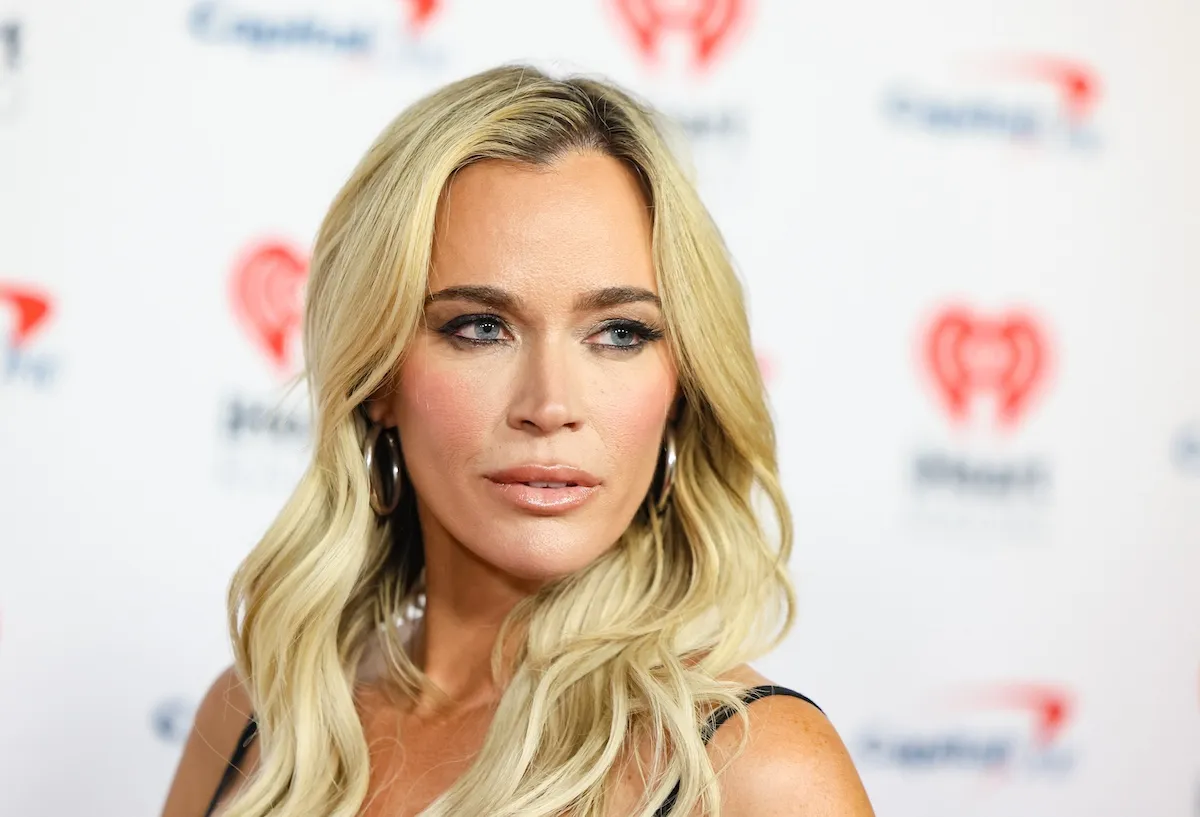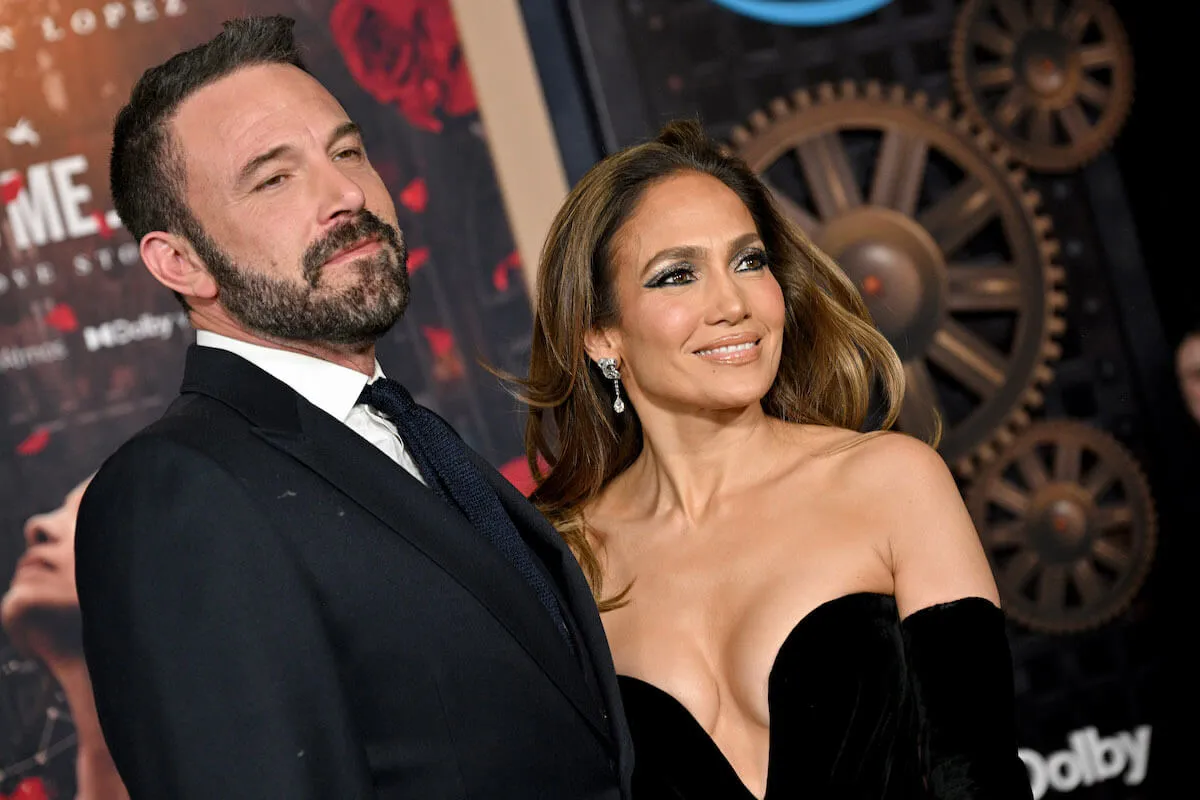
What Was Queen Elizabeth’s Net Worth at the Time of Her Death?
Queen Elizabeth’s net worth and the rest of the royal family’s operations have recently received extra attention. The queen died on Sept. 8, 2022, leaving her son Charles in charge of the British monarchy.
When Prince Harry and Meghan, Duchess of Sussex embarked on their explosive interview with Oprah Winfrey, they used the term “The Firm” to refer to the senior working royals that make up the “institution” of the royal family. Meghan’s use of these terms to refer to the royal family opened up a discussion of just how the monarchy operates, and that operation includes a lot of money.
Discussing the net worth of the British royal family is a complex task because it requires separating out the wealth of the institution as a whole from the individual fortunes of the royal family members. So, what was Queen Elizabeth’s net worth at the time of her death?
The royal family represents a $28 billion empire
Any discussion of the royal family’s wealth should start with an understanding of the immense empire represented by the monarchy as a whole. As Forbes explains, the “organizational chart of The Firm is a testament to the 1,000-year-old family business, and the public perception that sustains it is vital to its success.” Long before celebrities like the Kardashians made “influencer” a buzzword, the British royal family understood the immense profitability that came with status and being in the public eye.
Forbes reports: “Being a member of The Firm also comes with high expectations for keeping the moneymaking machine running for generations to come. The crown holds, but cannot sell, nearly $28 billion in assets through the Crown Estate ($19.5 billion), Buckingham Palace (est. $4.9 billion), the Duchy of Cornwall ($1.3 billion), the Duchy of Lancaster ($748 million), Kensington Palace (est. $630 million) and the Crown Estate Scotland ($592 million).”
The Firm runs a lucrative business, but the money is not all theirs to keep, and even though they hold $28 billion in real estate assets, they don’t have access to sell them. Forbes reports: “The royal family receives 25% of the Crown Estate income, which is also known as the Sovereign Grant, and the remaining 75% goes to the British Treasury.” The money they do receive must go to official business expenses including “payroll, security, travel, housekeeping, maintenance costs and IT expenses.”
That said, the queen is tied to The Firm. Forbes reports: “Since she inherited the throne from her father in 1952, Queen Elizabeth has chaired The Firm—even if she doesn’t have the final say over how the business is managed.”
Queen Elizabeth had a personal net worth of $600 million
Queen Elizabeth’s personal expenses were covered by a separate allowance known as the Privy Purse. This account had taken a hit during the pandemic as tourism was a big part of its profits. The queen herself, however, was in no danger of going broke.
Through investments, Queen Elizabeth had amassed a $600 million net worth by the time of her death, according to Celebrity Net Worth. Most of that fortune can be linked directly to the purchase of jewels, high-value art, and two castles. The queen owns Sandringham House and Balmoral Castle.
How do the royals make money?
The way that members of the royal family make their money can be quite complicated to follow. Prince William, for instance, is next in line for the throne after his father, Charles. He and his wife, Catherine, serve as Duke and Duchess of Cambridge. They are working royals who are included in the small inner circle of The Firm.
They are not, however, paid directly for their influence. Instead, “William receives an annual income from the Duchy of Cornwall to cover his family’s private expenses.” Until Prince Harry stepped away from royal duties, Prince William had to share that allowance with his brother.
When Prince William eventually ascends to the throne, he will inherit his grandmother’s holdings including Sandringham House and Balmoral Castle. These real estate investments and the money made from renting real estate for use by retailers, farmers, and individual residents also help provide income.



